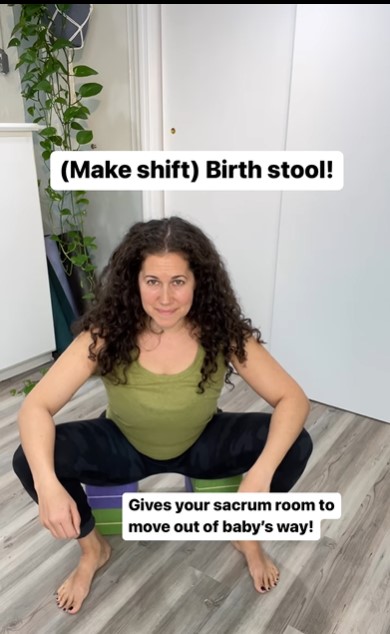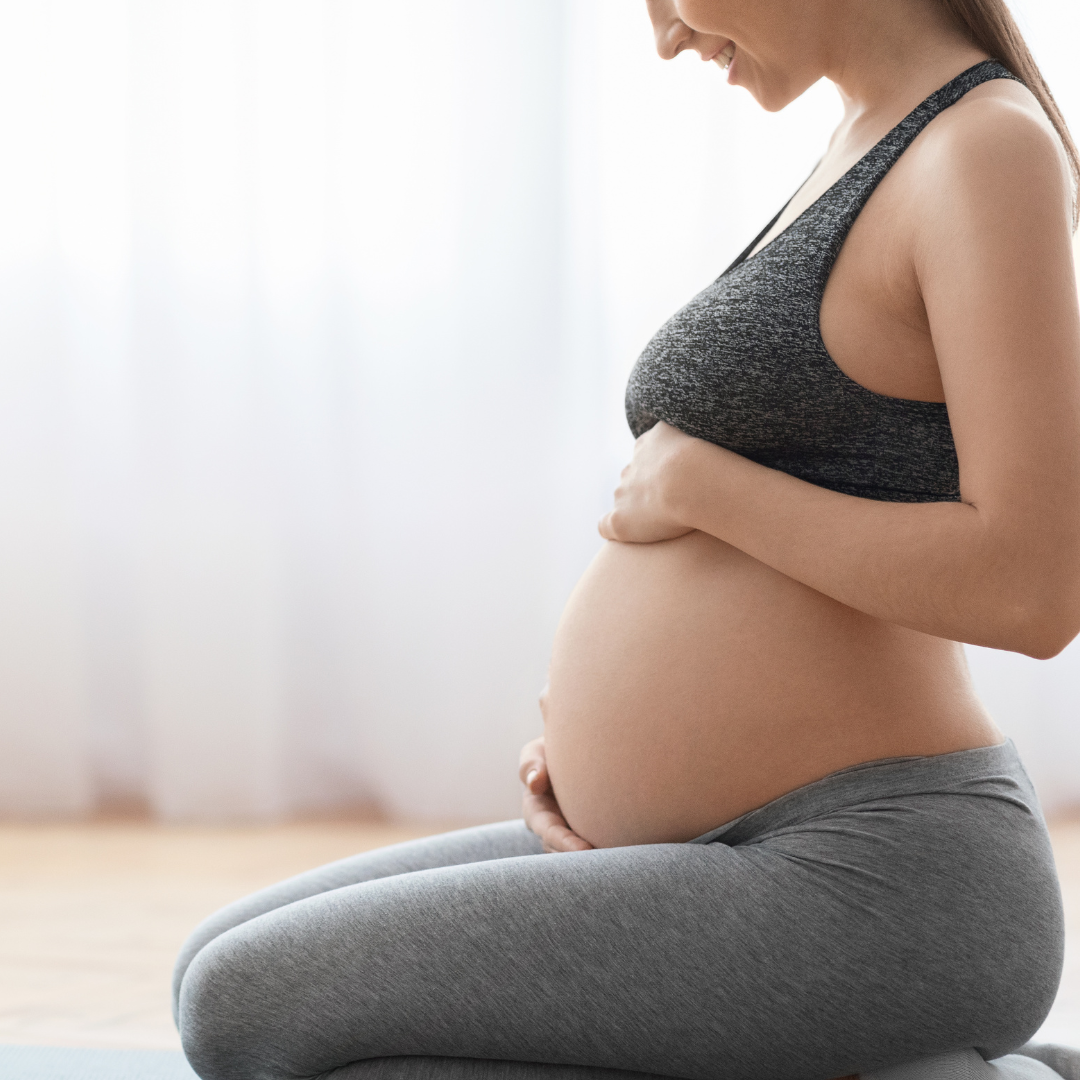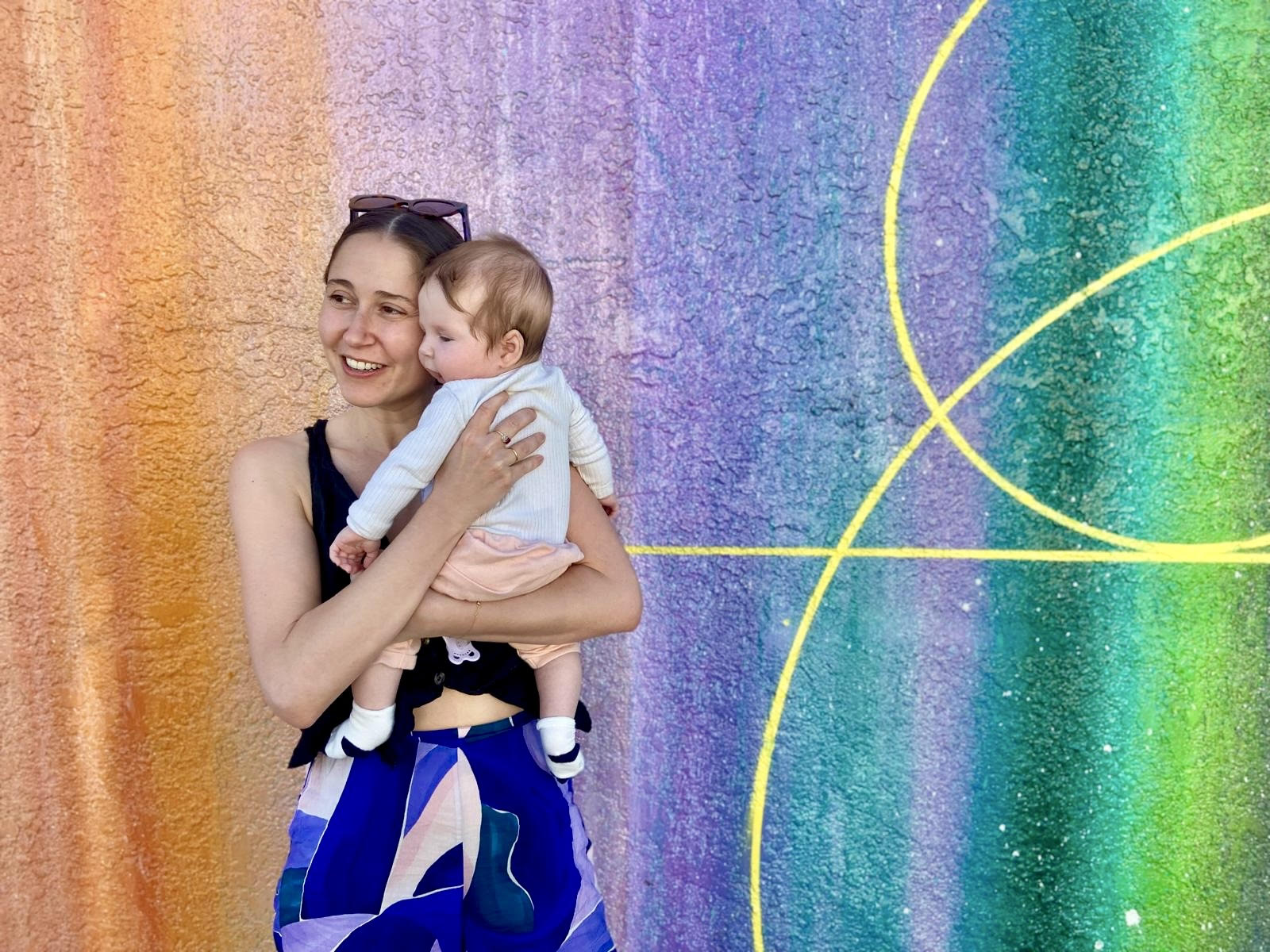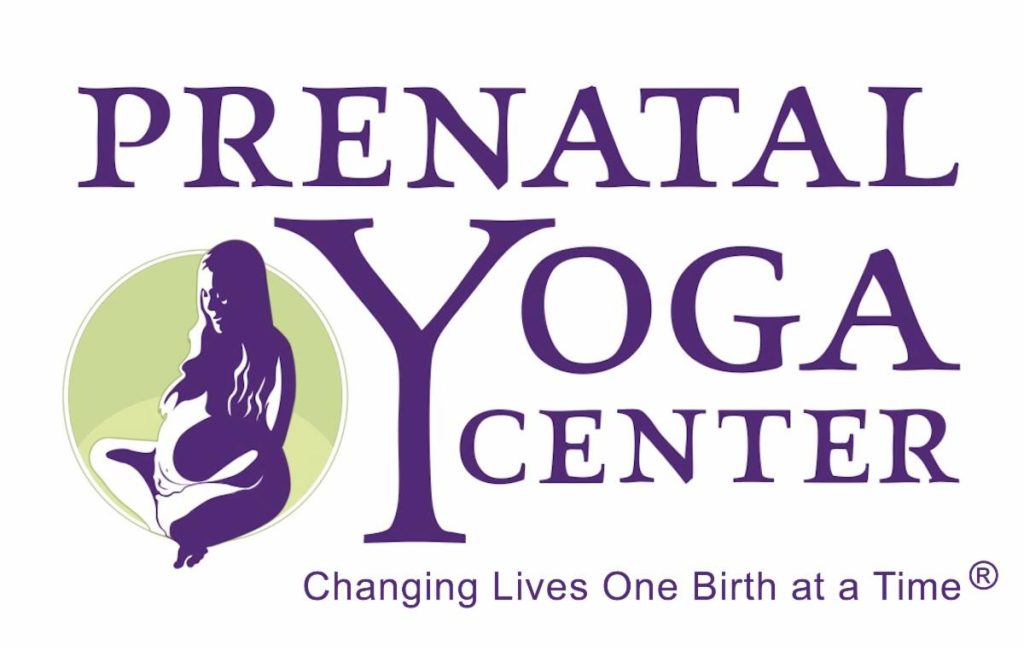Navigation
- How does prenatal yoga make giving birth easier?
- How do you correct imbalances in the body with prenatal yoga and how does this contribute to an easier birth?
- What kind of symptoms can a musculoskeletal imbalance cause?
- How successful is prenatal yoga at supporting an easier birth?
- FAQs
Have you ever wondered why some people’s birth is quick and smooth while others have a long and drawn out labor?
How easy or difficult a birth is depends upon the baby’s position and the balance of the expectant parent’s bones, muscles and soft tissue and ligaments. When the parent’s body is better balanced, the pathway for the baby’s exit is also less obstructed and the baby is likely to get into an easier birthing position.
So how do you balance the body so it’s ready to support an easier birth?
One starting point is prenatal yoga!
How does prenatal yoga make giving birth easier?
When using prenatal yoga as a means to help get the body ready for giving birth, our main focus is always alignment and balance.
If the body is aligned and balanced, birth may be quicker and there may be less chance of unnecessary interventions as well as stress and strain on the parent and baby. The baby’s pathway to birth will also function better with less obstructions.
With years and years of experience as a certified prenatal yoga practitioner, helping expectant parents, I fully understand the intricacies of the pregnant body and work with poses that help rebalance and align.
The aim is to correct imbalances within the body that are a natural result of living your life. It can be caused by previous injuries, repetition from sports, even everyday activity and habits such as crossing legs or even carrying your bag on a particular shoulder! I have been carrying my bag on the same shoulder for over 30 years. As a result, my right shoulder is lower and my right side is stronger and tighter.
I also work to correct imbalances that have been caused by pregnancy itself. For example, as the belly gets bigger, the spinal curves get more exaggerated which leads to the pelvis tipping further forward. This then causes the legs to turn out more (the famous pregnancy waddle!). As a result of the legs being more turned out, the deep hip rotators then tighten up and the butt muscles also work overtime and tend to tighten up too.
When these muscles tighten up, the pelvic floor may also tighten up which can cause some issues for the baby’s descent and rotation through the pelvis.
In order to correct all these imbalances I incorporate a mixture of asanas and different yoga poses that address these issues. At the Prenatal Yoga Center, we even have been known to make up yoga poses to serve the needs of the body!
Watch this reel I made about different birthing positions!

How do you correct imbalances in the body with prenatal yoga and how does this contribute to an easier birth?
My process to correct imbalances is integrating yoga poses that can help to release tight muscles and strengthen weaker ones so that the musculoskeletal system functions better overall!
I always start with breath and alignment.
360 Breathing
Each class starts with 360 breathing. This focuses on the 360 degrees of the ribcage and diaphragm, specifically breathing into the side and back of the ribs which for many is a bit stuck and sticky, especially as the baby grows and pushes upward and puts pressure on the diaphragm and lungs.
360 breathing also helps release the psoas muscle which is important as the psoas muscle is a major player in how the baby descends and rotates into the pelvis and birthing position.
Click here to watch this reel I made about the psoas muscle!

Alignment
Then for alignment, I incorporate a number of different yoga poses. There is no perfect posture but we can bring awareness to habits and patterns such as hyperextending the knees, dumping the pelvis forward and flaring the ribs. In tadasana (mountain pose), we explore where the weight sits in the foot and build ups from there. Adjusting the thigh bones, back and balancing the pelvis and rib cage as well as adjusting the head.
I also work on strengthening the muscles of the pelvic girdle so the pelvic floor doesn’t have to jump in, tighten up and pick up the slack of these sleep muscles. In class we incorporate dynamic squats, bridge pose, and squeezing a block between the thighs in half plank, utkatasana and downward dog.
Our classes also contain poses that release tightness in the deep rotators (the piriformis) with figure four and ankle to knee pose. We release tightness in the mid and upper back with poses such as catch, down dog and thread the needle.
We also use anjaneyasana pose, extended bridge pose and a pose I call “the dangle” to release the psoas muscle.
What kind of symptoms can a musculoskeletal imbalance cause?
Aside from a difficult labor and birth, a musculoskeletal imbalance can cause a variety of different uncomfortable symptoms. The symptoms can range from nothing and not even feeling the imbalance to using compensatory movements and muscles as well as back pain, hip pain, knee pain, neck pain, and pelvic pain.
This is why it is important to address these imbalances before they become painful whether you are pregnant or not!
How successful is prenatal yoga at supporting an easier birth?
In my experience, prenatal yoga is very successful in allowing for an easier birth with less interventions and complications. There is also research to suggest that labor pain is significantly decreased by prenatal yoga.
In one study, it was found that prenatal yoga significantly lowered levels of pain intensity, shortened the duration of labor, lowered the chances of labor induction as well as emergency cesarean sections.
Of course, there are no guarantees as the body can be unpredictable but our hope is that if the body is better aligned and balanced, birth will be quicker and there will be less of a chance of unnecessary interventions. This will mean that there is less of a strain on parent and baby and the whole birthing process will be a lot smoother and positively memorable.
If you are interested in doing a prenatal yoga class, you can book a class by clicking below! We offer classes both virtually and in our yoga studio in NYC.
FAQs
What week should I start prenatal yoga?
I recommend starting prenatal yoga as early as you like, even as early as the first trimester. The more time you focus on preparing the body, the better and the more likely you are to have an easier birth and labor.
Can you do prenatal yoga in early labor?
Yoga in early labor can be very beneficial as it helps to take pressure off the pelvic floor. In fact, movement during labor is very much recommended as it can help you to cope with pain better. We recommend pairing yoga poses with deep belly breathing.
Does yoga reduce labor pain?
Some research suggests that prenatal yoga can help to reduce labor pain but if you are having a vaginal birth, then some pain is to be expected. It cannot eliminate pain but research suggests that it can definitely reduce it.







